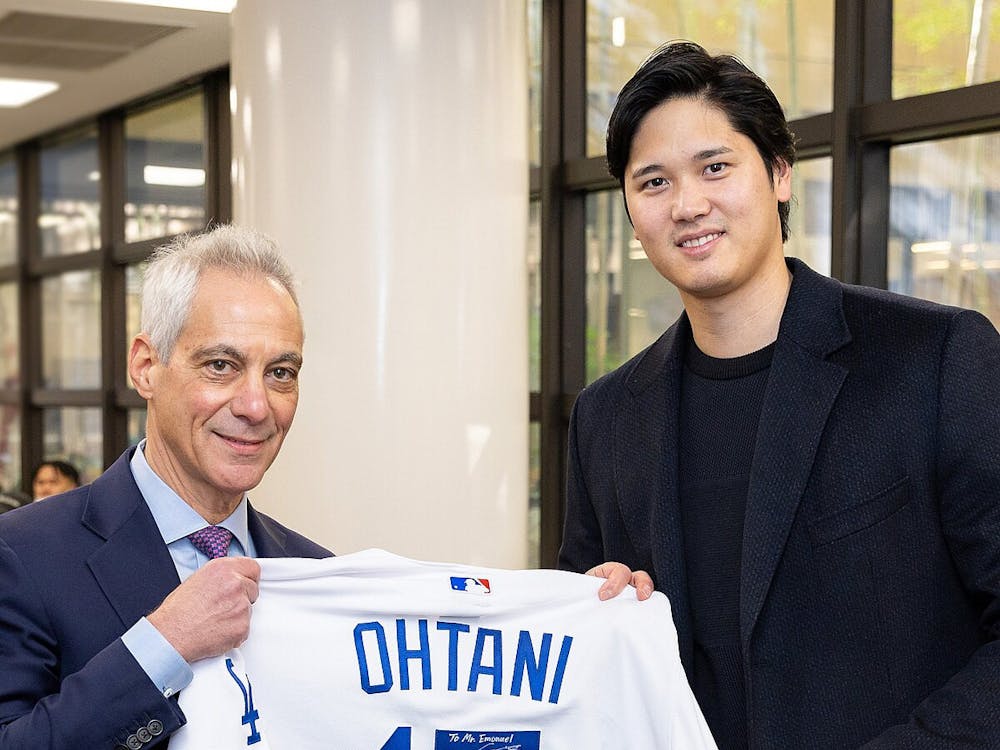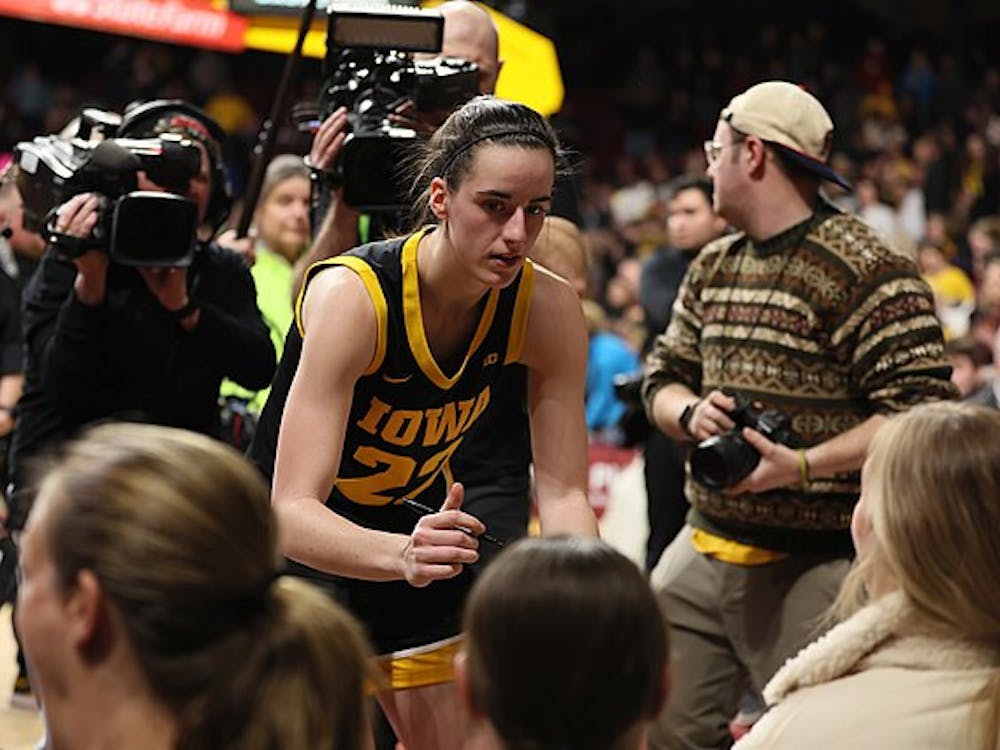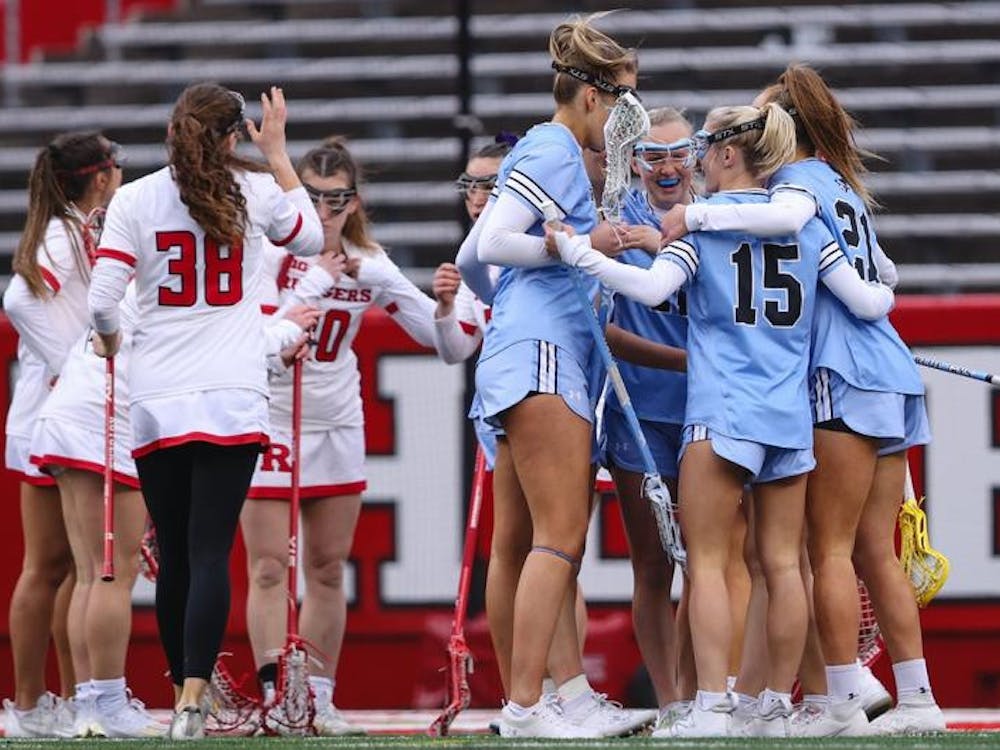In 2005, a quiet 19-year-old Spaniard took the men’s professional tennis tour by storm. Rafael Nadal — or, more belovedly, “Rafa” — quickly built a passionate fan base with his absolute domination of the season’s clay court swing quick ascent to world No. 2. He was a wild-card. Not literally, but in the sense that his play style was so wild, so unique and so unheard of that no player could beat him with ease. For one, Nadal plays left-handed, giving him an immediate advantage over most right-handed players whose forehands are usually stronger. His heavy topspin pushed players back, out of their offensive comfort zones. He was quicker, stronger and possessed more innate grit than anyone had seen from a player since the likes of Lendl or Borg.
The Mallorcan legend went on to win nine French Open titles, losing there only twice in his whole career thus far. He also has also got an Australian Open title, two U.S. Opens and two Wimbledon titles under his belt. Nadal is a gold medalist, a former world number one and has the second greatest number of grand slam victories, behind only Roger Federer. Federer and Nadal have had what is widely called the greatest rivalry in tennis history, and in 2008, at the Wimbledon Finals, the two players competed in what is widely accepted as the greatest match of all time.
And so, it seems odd that Nadal, now 29-years-old, has been struggling as much as he has. In 2015, coming off his ninth French Open title, he was shocked in a three-set defeat in his first round of the Qatar Open where he was the defending champion. He would go on to fall in the quarterfinals of the Australian, win the Argentina Open and then lose every single other tournament he played that year. It was the first year in the past decade that the Spaniard did not even win a single Grand Slam title.
His competitive spirit and loud, willful tenacity are what define him as a player.
This year, so far, has not been any better. Of the four players that dominated that last decade of men’s tennis — Nadal, Federer, Novak Djokovic and Andy Murray — only Djokovic is playing at a continually high level. Federer has not clinched a Grand Slam title since 2012, and Murray has not added a third trophy to his collection. Granted, all players are in their late 20s and early 30s, the usual age for tennis players to retire.
The New Yorker recently published a piece entitled “The Twilight of Nadal” that hit the point more than perhaps any other article addressing his decline in form. The article, instead of lamenting his recently poor form and shoddy performances, praised him for the competitor he was and lamented his absence from the sphere of contention. His competitive spirit and loud, willful tenacity are what define him as a player, not his list of achievements.
Regardless of his legacy, it’s important to ask: What’s left for Rafa? Most commentators and sports professionals predicted that his intensely physical play-style would eventually cause him injuries and thus make him retire early. Is that the step for him? Or should he adapt his game for his age?
Two years ago, Roger Federer famously switched to a lighter and bigger racket that his 33-year-old body could more deftly handle. He began to attack the net more, thus finishing points quicker and expending less of his energy. Perhaps Nadal could adopt a similar game-plan and move his points away from the baseline and closer to the net. Perhaps he could utilize his big forehand more and keep points short.
The main issue with Nadal’s current playstyle is that he muscles his way through every shot and every rally. This, as you might expect, is wildly physical. A slow-motion examination of his forehand stroke reveals just how much brute force go into his shots.
Whereas Federer’s strokes are more swift, precise and elegant, Rafa does whatever is in his power to put a racket to the ball. If he does manage to make contact, which is remarkably usually the case, he flicks his arm in a circular motion that launches the ball on a high, rounded arc deep into the opponent’s side. He needs to at least try to mimic the playstyles of other older players on tour, because the way he is going right now is simply unsustainable. Federer, to bring in the same example, made his strokes shorter. Not only will Nadal continue to lose, he will further injure himself. A 30-year-old body simply cannot handle the strenuousness of Rafael Nadal’s game.
Whatever it takes, there’s no doubt in my mind that Nadal will be able to bounce back from this slump in his career. He’s too young to be done.
Correction: The spelling of Rafael Nadal's name was corrected in the headline.






















Please note All comments are eligible for publication in The News-Letter.